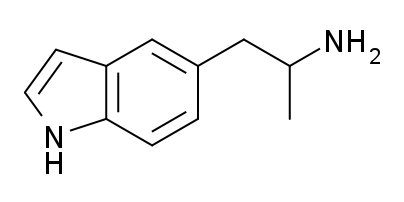fencamfamine
Bluelighter
- Joined
- Feb 26, 2011
- Messages
- 151
I stuck to insuffusion after being told that 1 x 25mg was about 1 x 5mg dexedrine. It's a little difficult to compare exactly because the physical is mostly absent & I enjoyed just sitting & being. My mind was going a mile a minute but it didn't seem to cause any locomotor stimulation.
For harm-reduction reasons I cannot really recommend injecting materials. I suppose plugging is a pretty efficient route for many compounds - just not pretty
Of course, always start low! I was young and foolish and took advice off some 'Northern Soul' boys who had been serious fans of the stuff. Plus of course, the stuff was 25 years + old so I imagine it had lost at least SOME of it's potency (N-oxide formation?).
For harm-reduction reasons I cannot really recommend injecting materials. I suppose plugging is a pretty efficient route for many compounds - just not pretty
Of course, always start low! I was young and foolish and took advice off some 'Northern Soul' boys who had been serious fans of the stuff. Plus of course, the stuff was 25 years + old so I imagine it had lost at least SOME of it's potency (N-oxide formation?).




